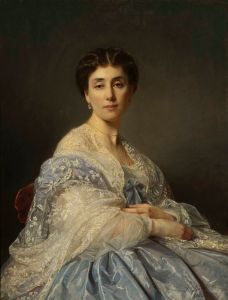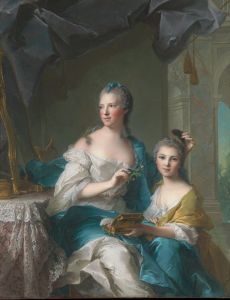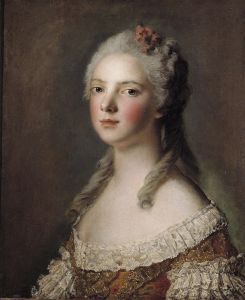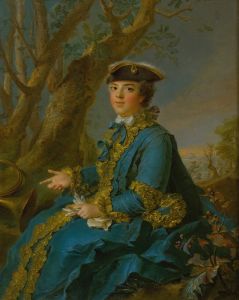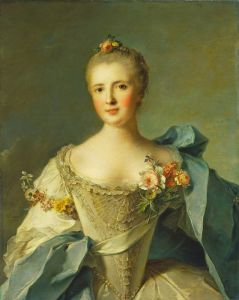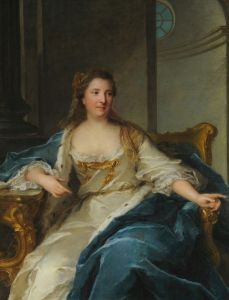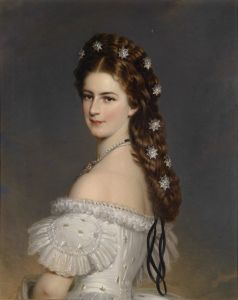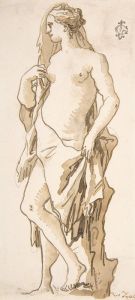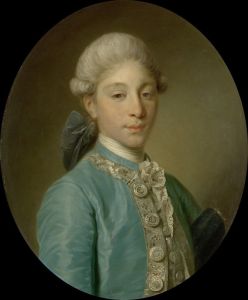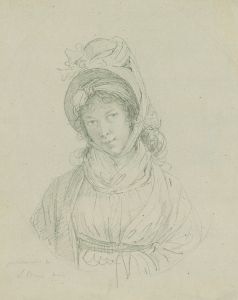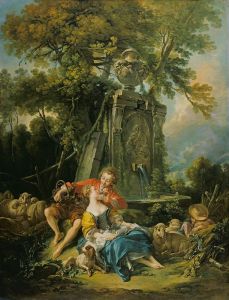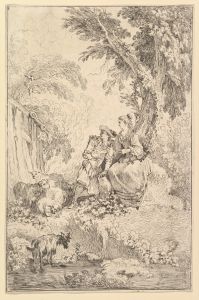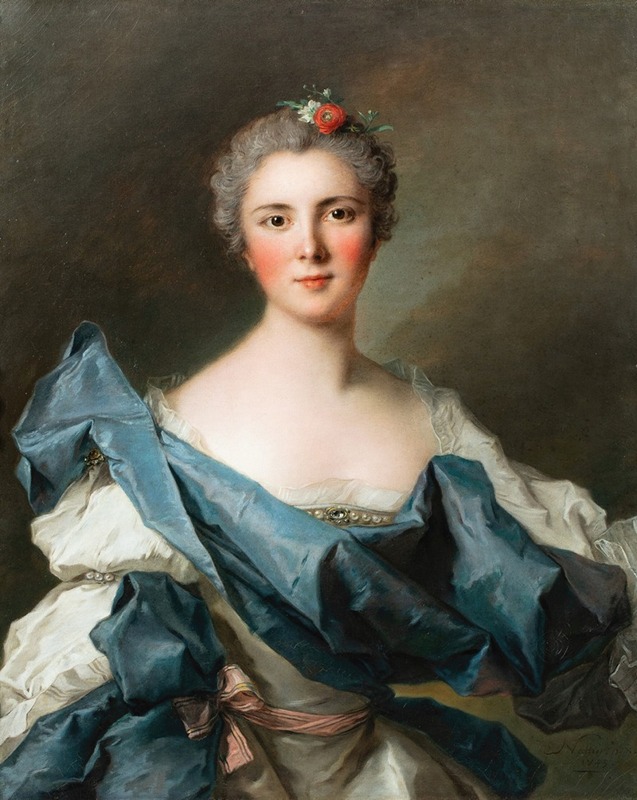
Portrait of Marie Henriette de Polastron, comtesse d’Andlau
A hand-painted replica of Jean-Marc Nattier’s masterpiece Portrait of Marie Henriette de Polastron, comtesse d’Andlau, meticulously crafted by professional artists to capture the true essence of the original. Each piece is created with museum-quality canvas and rare mineral pigments, carefully painted by experienced artists with delicate brushstrokes and rich, layered colors to perfectly recreate the texture of the original artwork. Unlike machine-printed reproductions, this hand-painted version brings the painting to life, infused with the artist’s emotions and skill in every stroke. Whether for personal collection or home decoration, it instantly elevates the artistic atmosphere of any space.
Jean-Marc Nattier, a prominent French Rococo painter, is renowned for his portraits of the French aristocracy, particularly women, during the 18th century. One of his notable works is the "Portrait of Marie Henriette de Polastron, comtesse d’Andlau." This painting exemplifies Nattier's skill in capturing the elegance and grace of his subjects, as well as his ability to infuse his portraits with a sense of intimacy and charm.
Marie Henriette de Polastron, comtesse d’Andlau, was a member of the French nobility, and like many of Nattier's subjects, she was part of the courtly circles that surrounded the French monarchy. The painting is a testament to the fashion and aesthetic preferences of the time, showcasing the luxurious fabrics and intricate details that were characteristic of the Rococo style.
In this portrait, Nattier employs his signature soft color palette, which includes pastel hues and delicate shading, to create a lifelike representation of the comtesse. The use of light and shadow in the painting highlights the textures of the fabrics and the subtle expressions on the subject's face, bringing a sense of realism and vitality to the work. Nattier's attention to detail is evident in the rendering of the comtesse's attire, which is adorned with lace, ribbons, and other embellishments that reflect her status and wealth.
The background of the portrait is typically understated, a common feature in Nattier's work, allowing the viewer to focus entirely on the subject. This approach not only emphasizes the comtesse's presence but also serves to enhance the overall composition of the painting. The simplicity of the background contrasts with the elaborate details of the comtesse's dress and accessories, further highlighting her elegance and sophistication.
Nattier's portraits are often noted for their ability to convey the personality and character of the sitter, and the "Portrait of Marie Henriette de Polastron, comtesse d’Andlau" is no exception. Through subtle facial expressions and the careful positioning of the subject, Nattier captures a sense of poise and confidence, offering a glimpse into the comtesse's demeanor and social standing.
The painting is also a reflection of the cultural and social milieu of 18th-century France, a period marked by opulence and a keen interest in the arts. Portraits such as this one were not only a means of documenting the appearance of the nobility but also served as symbols of power and influence. They were often commissioned to commemorate significant events or to assert the status of the sitter within the social hierarchy.
Jean-Marc Nattier's work, including the "Portrait of Marie Henriette de Polastron, comtesse d’Andlau," remains highly regarded for its artistic merit and historical significance. His ability to blend realism with the decorative elements of the Rococo style has ensured that his portraits continue to be appreciated for their beauty and craftsmanship. Today, Nattier's paintings are housed in various museums and collections, where they continue to be studied and admired by art enthusiasts and historians alike.





